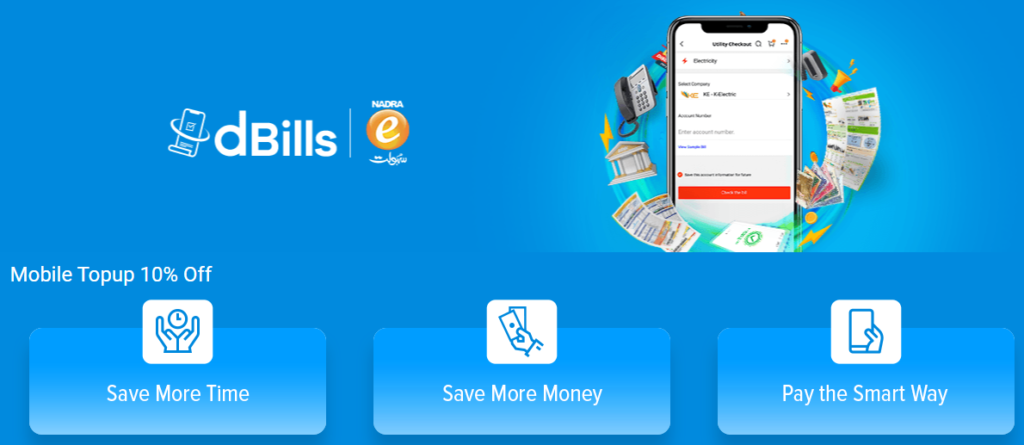Navigating the vast landscape of online shopping can be overwhelming. Imagine walking into a sprawling department store with no signage or organization – frustrating, right? That’s where the power of “Shop by Category” comes in. It’s a fundamental aspect of e-commerce design, acting as a digital compass, guiding customers efficiently towards the products they’re looking for, enhancing user experience, and ultimately, boosting sales. Let’s dive deep into why and how implementing a strategic “Shop by Category” structure can significantly improve your online store.
Why “Shop by Category” is Crucial for E-commerce Success
Enhanced User Experience
- Intuitive Navigation: Clear categories allow customers to quickly understand the breadth of products you offer and pinpoint exactly what they need.
- Reduced Bounce Rate: By providing a clear pathway, you decrease the likelihood of users becoming frustrated and leaving your site without making a purchase.
- Improved Site Search: Well-defined categories provide valuable context for your site’s search engine, ensuring more accurate and relevant results. For example, if a user searches for “running shoes” and you have categories like “Men’s Running Shoes,” “Women’s Running Shoes,” and “Trail Running Shoes,” the search engine can prioritize these specific sections.
Increased Sales and Conversion Rates
- Easier Product Discovery: Customers may not always know exactly what they want. Browsing categories allows them to discover related products and be inspired. Imagine a customer browsing a “Home Decor” category and discovering a unique vase that perfectly complements their living room.
- Streamlined Purchase Process: A clear path to the desired product means less time spent searching and more time spent making a purchase.
- Cross-Selling and Upselling Opportunities: Strategic category placement can encourage customers to explore related products or higher-end alternatives. For example, when a customer views a “T-Shirt” category, you can prominently display a “You May Also Like” section showcasing complementary items like shorts or hats.
Better Website SEO
- Improved Keyword Targeting: Each category can be optimized with relevant keywords, helping your site rank higher in search engine results for specific product searches. Think about using long-tail keywords within your category descriptions. For instance, instead of just “Coffee Makers,” use “Automatic Drip Coffee Makers with Thermal Carafe.”
- Enhanced Site Structure: A well-organized category structure makes it easier for search engine crawlers to understand and index your site, leading to improved search visibility.
- Internal Linking Opportunities: Linking between categories and product pages strengthens your site’s internal linking structure, signaling relevance and authority to search engines.
Implementing Effective Category Structures
Planning Your Categories
- Market Research: Understand how your target audience searches for products. Use keyword research tools like Google Keyword Planner and SEMrush to identify relevant search terms.
- Competitor Analysis: Analyze the category structures of your competitors to identify best practices and opportunities for differentiation.
- Product Inventory: Take a comprehensive inventory of your products and group them logically. Avoid creating categories that are too broad or too narrow. A broad category like “Clothing” is not as helpful as more specific categories such as “Men’s Casual Shirts,” “Women’s Dresses,” and “Children’s Outerwear.”
- User Persona Considerations: Tailor your category names and structure to reflect the language and preferences of your target audience.
Category Naming Conventions
- Use Clear and Concise Language: Avoid jargon or technical terms that your customers may not understand.
- Reflect Customer Intent: Choose names that accurately reflect what customers are searching for.
- Consistency is Key: Maintain a consistent naming convention across all categories to avoid confusion. For example, if you use “Women’s” for one category, use it for all corresponding categories.
Category Page Optimization
- High-Quality Images: Use visually appealing and high-resolution images to showcase your products within each category.
- Compelling Category Descriptions: Write engaging and informative descriptions that highlight the benefits of products within that category and incorporate relevant keywords.
- Filtering and Sorting Options: Implement robust filtering and sorting options to allow customers to refine their search based on price, size, color, brand, and other relevant attributes. This is especially important for categories with a large number of products.
- Mobile Optimization: Ensure that your category pages are fully responsive and optimized for mobile devices. Mobile shopping continues to grow, so a seamless mobile experience is crucial.
Advanced Category Strategies
Subcategories and Faceted Navigation
- Subcategories for Granularity: Break down broad categories into more specific subcategories to allow customers to drill down to the exact products they need. For example, “Electronics” could be broken down into “Televisions,” “Home Audio,” “Cameras,” and “Smart Home Devices.”
- Faceted Navigation for Refinement: Implement faceted navigation, also known as layered navigation, to allow customers to filter results based on multiple attributes simultaneously. For example, a customer could filter “Dresses” by “Color: Blue,” “Size: Medium,” and “Price: Under $50.”
Category Landing Pages
- Promotional Banners and Content: Use category landing pages to showcase promotional offers, new arrivals, and curated content.
- Video Content: Embed videos showcasing product demonstrations or highlighting the benefits of products within a particular category.
- Customer Reviews and Ratings: Display customer reviews and ratings prominently on category pages to build trust and social proof.
Dynamic Category Pages
- Personalized Recommendations: Utilize machine learning to personalize category pages based on customer browsing history and purchase behavior. For example, show customers products similar to those they’ve previously viewed or purchased.
- Dynamic Content Updates: Automatically update category content based on real-time data, such as trending products or seasonal promotions.
Measuring Category Performance
Key Metrics
- Category Page Views: Track the number of views for each category page to identify which categories are most popular.
- Conversion Rate: Measure the percentage of visitors who make a purchase after visiting a particular category page.
- Bounce Rate: Monitor the bounce rate for each category page to identify potential issues with usability or content.
- Average Order Value: Track the average order value for purchases originating from a specific category page.
Tools and Techniques
- Google Analytics: Use Google Analytics to track key metrics and gain insights into category performance.
- Heatmaps: Implement heatmaps to visualize how users interact with your category pages and identify areas for improvement.
- A/B Testing: Conduct A/B tests to compare different category page layouts and content variations to optimize for conversion.
Conclusion
Implementing a well-thought-out “Shop by Category” structure is an investment that pays dividends in improved user experience, increased sales, and enhanced SEO. By understanding your customers, planning your categories strategically, and continuously optimizing your category pages, you can create an online store that is both user-friendly and highly effective. Remember to regularly analyze your category performance and adapt your strategy based on the insights you gain. A proactive approach to category management will ensure your online store remains competitive and continues to attract and convert customers.

